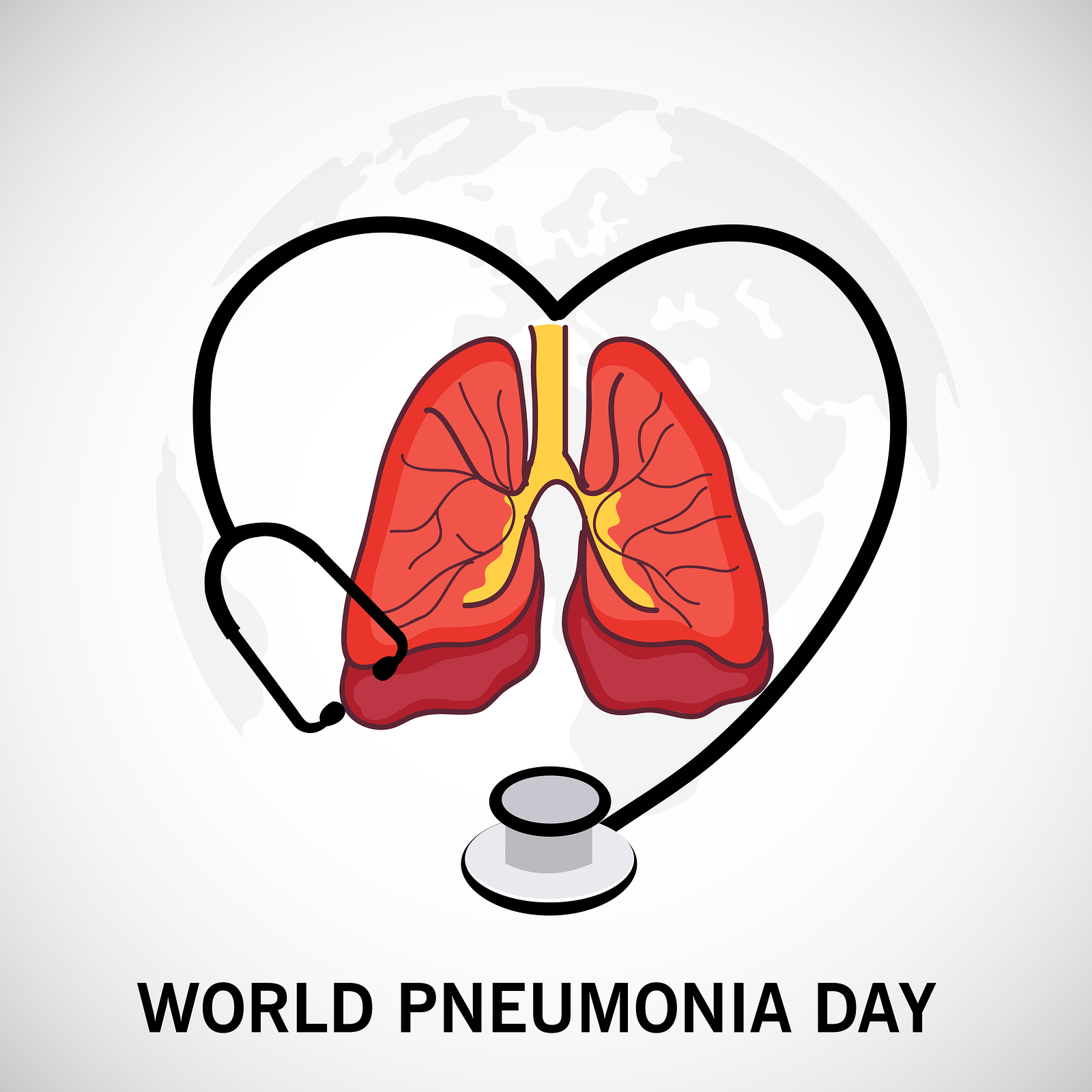
Today is “World Pneumonia Day” which was first hosted in 2009 when over 100 organisations joined to form the Global Coalition against Child Pneumonia. It’s marked every year on 12 November with the aim of:
- Raising awareness about pneumonia, the world’s leading killer of children under the age of five;
- Promoting interventions to protect against, prevent and treat pneumonia; and
- Generating action to combat pneumonia.
Pneumonia is one of the most solvable problems in global health and yet a child dies from the infection every 20 seconds. Together, as physiotherapists, we can ensure the fight against pneumonia is won.
Pneumonia is “a severe form of acute lower respiratory infection that specifically affects the lungs”. The lungs consist of bronchi, which divide into bronchioles that end in alveoli. The small blood vessels in the lungs are responsible for gaseous exchange (oxygen moving into the lungs and carbon dioxide moving out of the lungs). During a Pneumonia infection, the alveoli of one or both lungs fill up with pus or fluid. This increases the labor of breathing, and thus gaseous exchange cannot occur as it normally would.
Why are children vulnerable?
Unlike healthy children with many natural defenses to protect them against the invasion of pathogens in the lungs, the unhealthy children with a compromised immune system has weak defenses. Children who suffer from malnutrion, particularly inadequate zinc intake and lack of exclusive breastfeeding have a higher risk of developing pneumonia.
Other risk factors include:
- Being born premature
- Having asthma or genetic disorder such as sickle-cell disease
- Having heart defects such as ventricular septal defect (VSD), atrial septal defect (ASD) or patent ductus arteriosus (PDA)
- Several environmental factors such as overcrowding homes and exposure to parental smoke increases a child’s susceptibility to pneumonia and its complications.
Through the use of simple physiotherapy treatments such as manual techniques, active cycle of breathing, IPPD breathing and exercises perhaps we could reduce this mortality rate even just a little bit. To do this we much enable those in developing countries, where antibiotic and healthcare accessibility is poor, to gain the knowledge of how to manage the condition. It is our duty, those with understanding and knowledge of this condition, to do so.
No comments:
Post a Comment